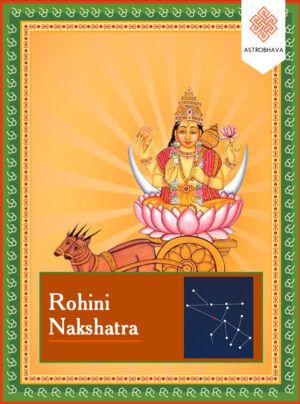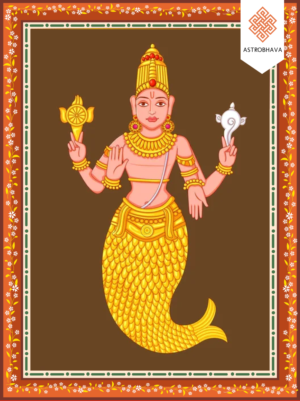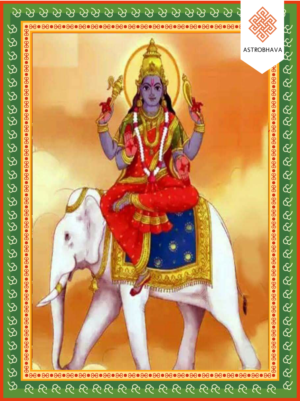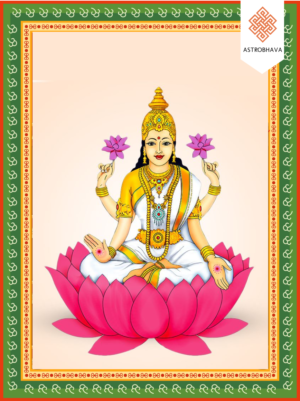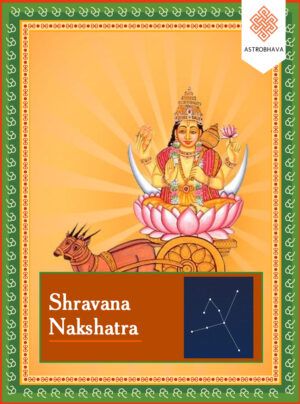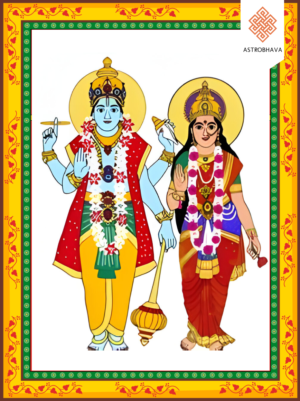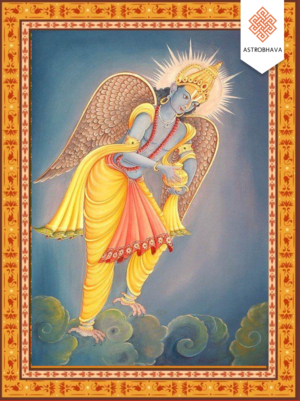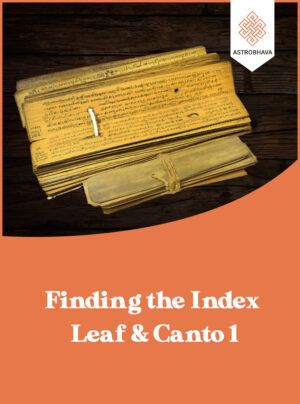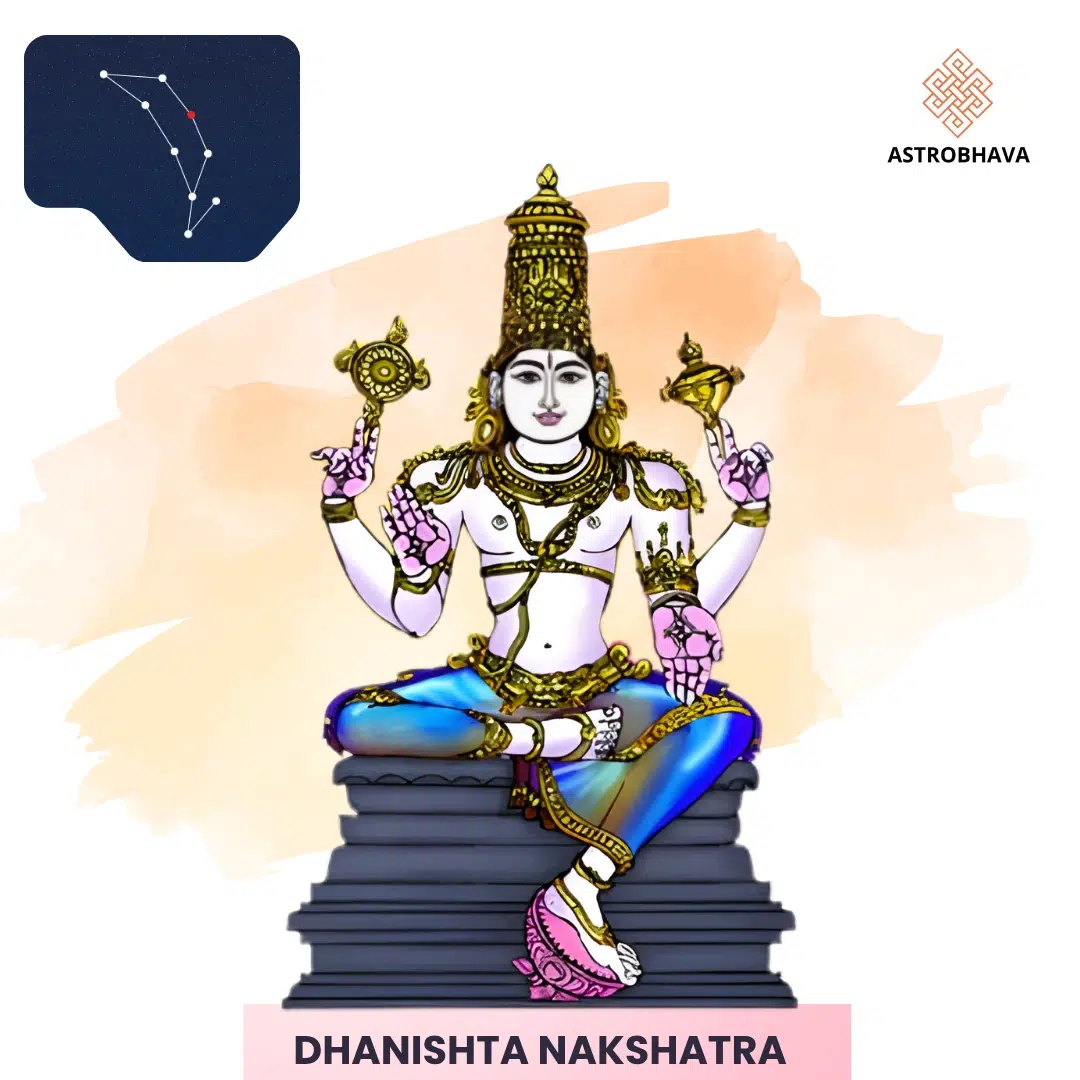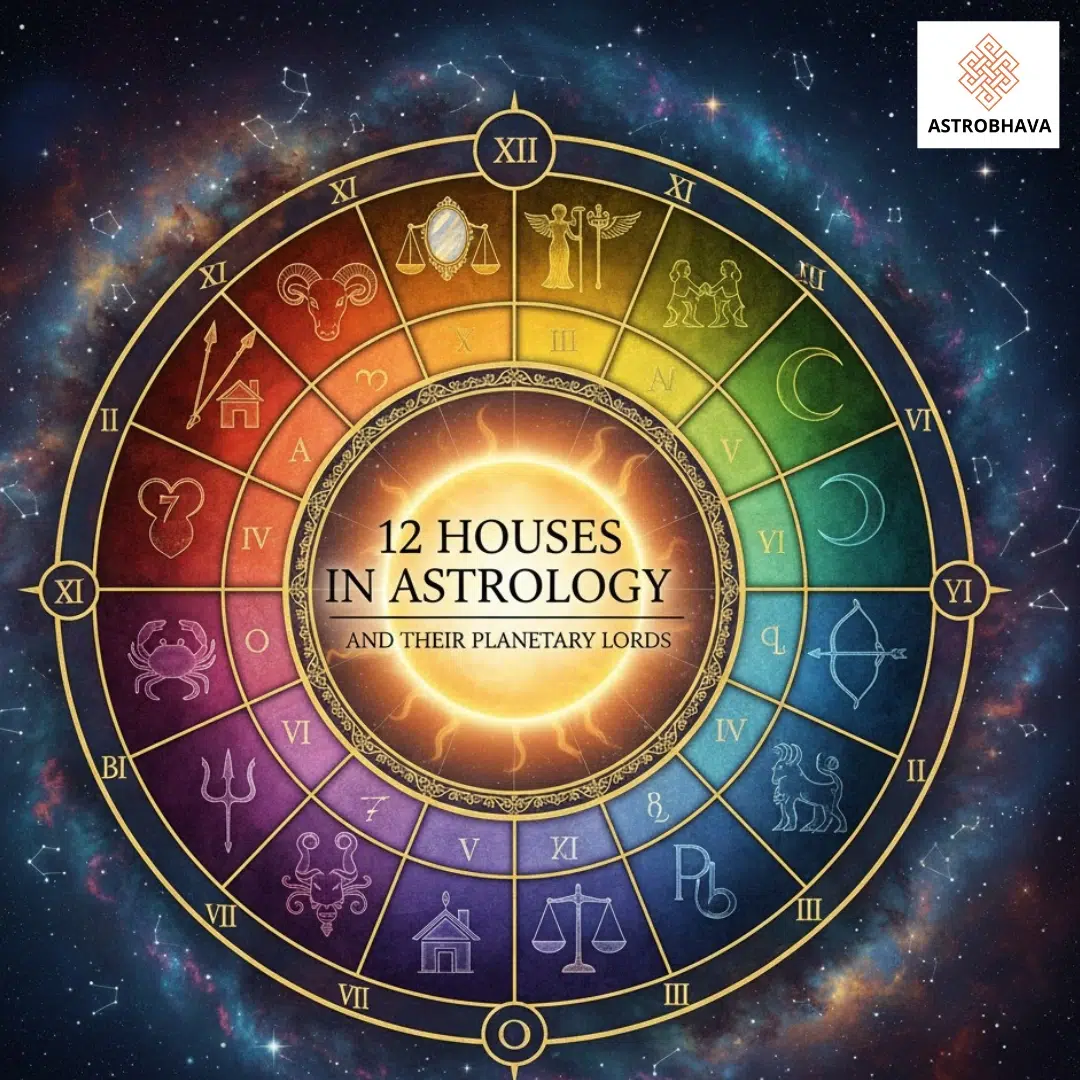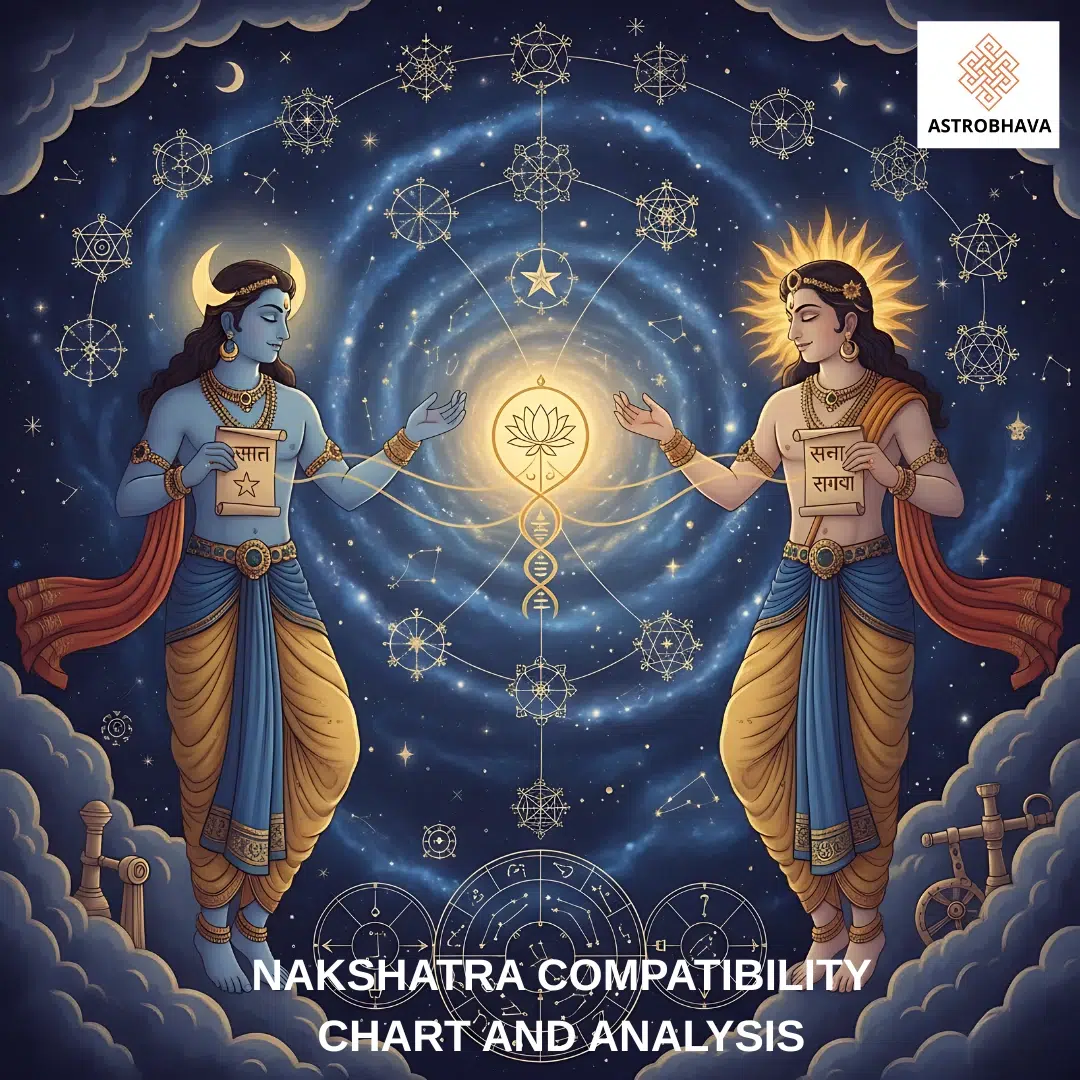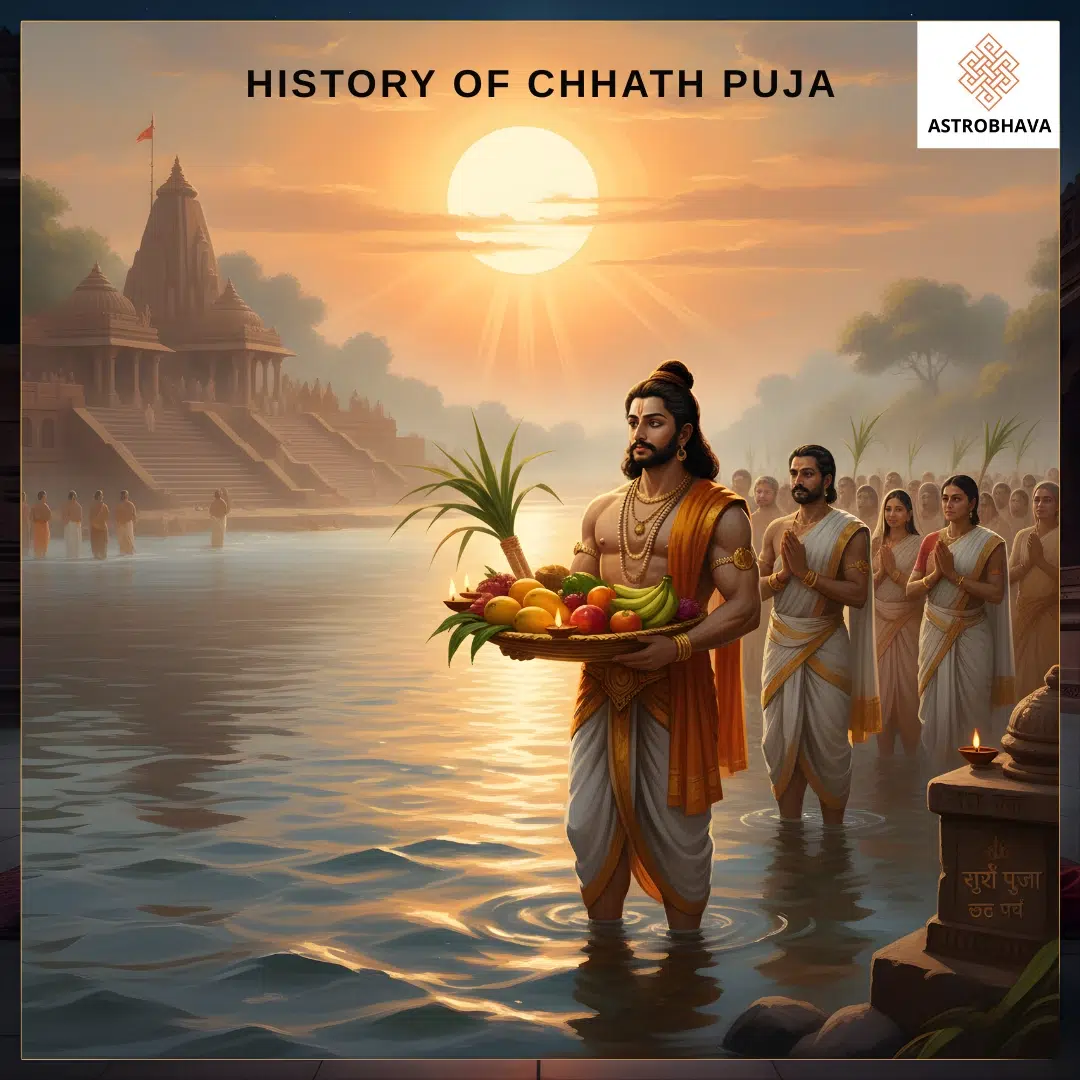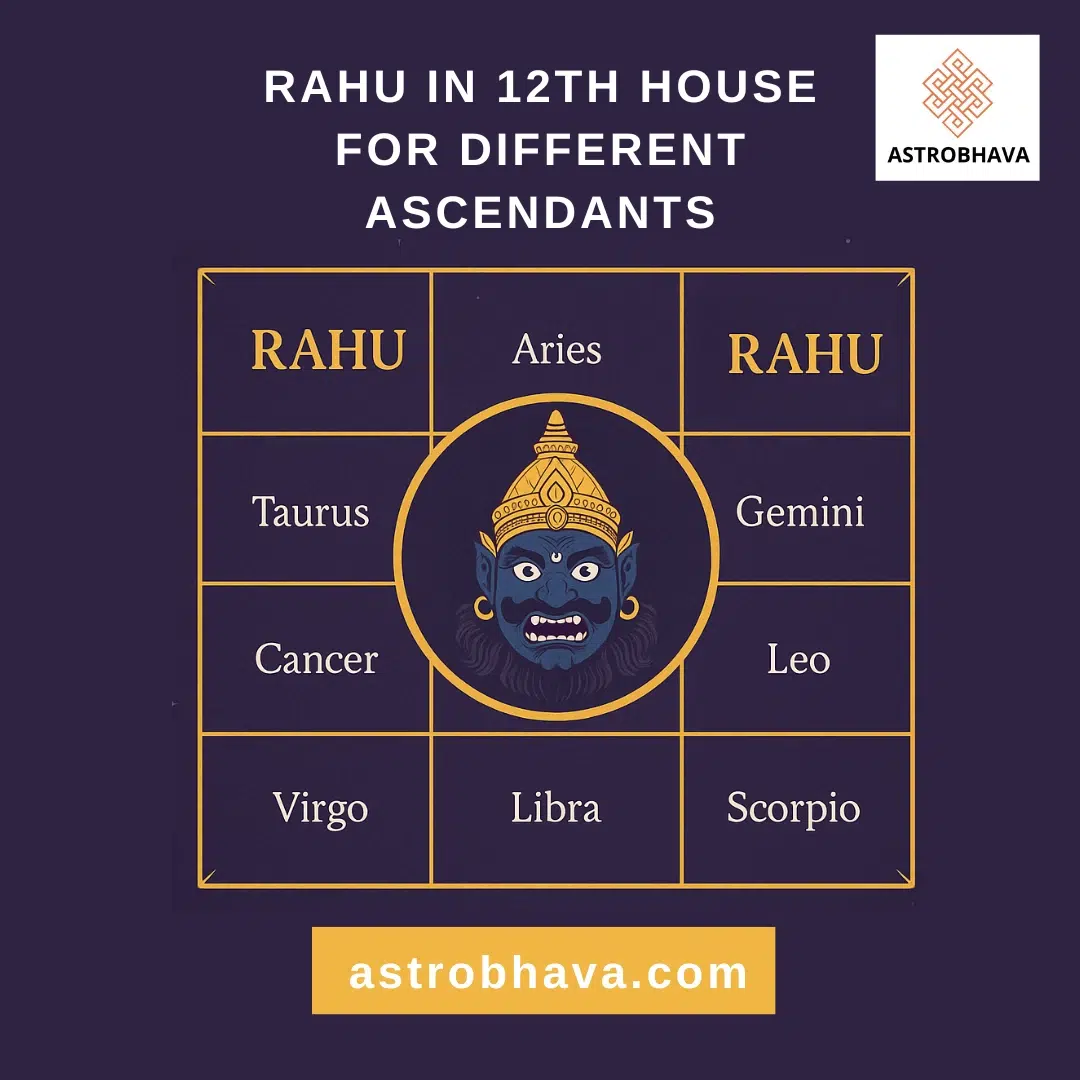Gangaur 2025: Ultimate Guide to the Festival of Love
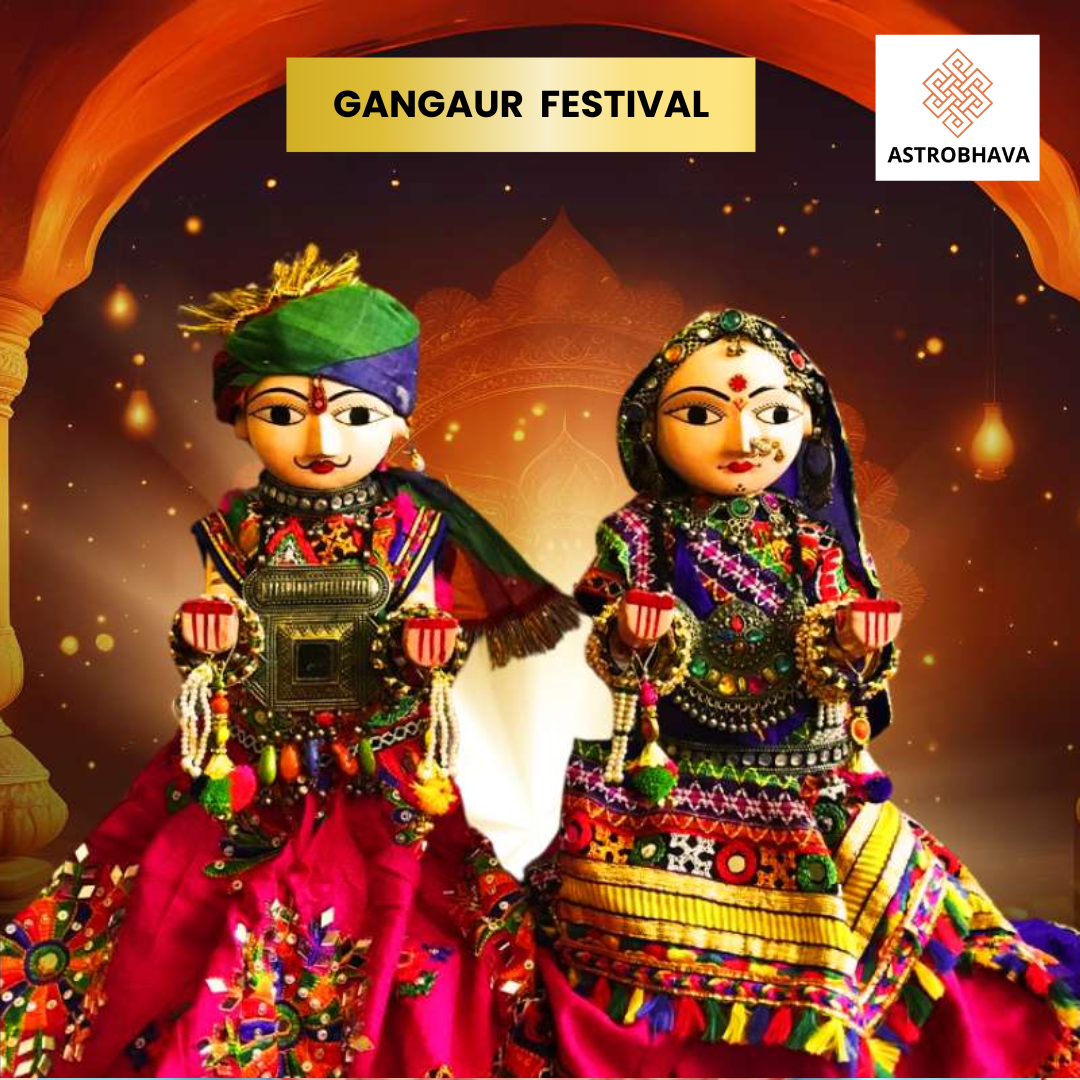
Introduction
Gangaur 2025, one of the most celebrated festivals of Rajasthan, epitomizes love, devotion, and the vibrant culture of the region. Dedicated to Lord Shiva and Goddess Parvati (known as Gauri), it symbolizes marital harmony, family well-being, and the rich traditions passed down through generations. For both locals and curious travelers, Gangaur offers an immersive experience filled with rituals, colors, music, and an unmistakable sense of community.
Gangaur 2025 is more than just a traditional Indian festival—it’s a vibrant celebration of love, devotion, and cultural identity, especially in the state of Rajasthan. Honoring the divine union of Lord Shiva and Goddess Parvati (Gauri), this colorful festival is deeply rooted in regional customs, rituals, and women’s devotion for marital bliss and well-being.
In this comprehensive guide, we explore the significance, rituals, regional celebrations, and key dates for Gangaur 2025, making it the ultimate go-to resource for anyone eager to understand or experience the essence of this beautiful festival.
What Is Gangaur Festival?
Gangaur is an ancient Hindu festival dedicated to Goddess Gauri (Parvati) and her consort Lord Shiva (Gana). The term “Gangaur” blends “Gana” (a name for Shiva) and “Gaur” (a name for Parvati), symbolizing the divine union of husband and wife. Celebrated predominantly by women, Gangaur is a prayer for marital bliss, longevity of spouses, and the attainment of ideal life partners.
Historical Origins
Gangaur 2025 traces its roots back over 700 years to the Rajput courts of Rajasthan, where it was patronized by royal women. The festival is mentioned in medieval Rajasthani folklore, ballads, and poetry, highlighting its deep cultural embedment in local traditions. It is believed that Goddess Gauri once visited her parental home during this time and was sent off ceremoniously by her loved ones — this send-off is reenacted each year with processions and rituals.
“Invoke the fierce protector to remove deep-rooted fears and obstacles. Book the Asitanga Bhairava Japa for spiritual protection and inner transformation!”
Why Is Gangaur Celebrated?
Gangaur is celebrated to honor the sacred bond between Lord Shiva (revered as “Gan”) and Goddess Parvati (known as “Gauri”). The festival symbolizes marital harmony, love, and devotion, drawing from the ancient Hindu legend of Parvati’s unwavering commitment to win Shiva’s affection. Her dedicated penance and eventual union with Shiva serve as an eternal example of love and devotion.
Traditionally, married women celebrate Gangaur by praying for the longevity, prosperity, and happiness of their husbands. Unmarried women, on the other hand, observe the rituals to seek blessings for a future spouse who will bring harmony and joy to their lives. The festival is not only a spiritual observance but also a way to express gratitude, foster family well-being, and maintain cultural traditions passed down through generations.
Additionally, Gangaur is a time when communities come together to celebrate shared values. It blends religious devotion with vibrant cultural expressions—such as music, dance, and art—making it a deeply meaningful event. By celebrating Gangaur, people reaffirm their respect for relationships, devotion to the divine, and the enduring cultural heritage that connects families and communities.
Gangaur 2025 Dates and Auspicious Timings
| Festival Day & Date | Tithi (Chaitra Shukla Tritiya) | Tithi Begins | Tithi Ends | Gangaur Puja Muhurat |
| Monday, 31 March 2025 | Tritiya | 09:11 AM, Mar 31 | 05:42 AM, Apr 1 | • Abhijit Muhurat: 12:01 PM – 12:50 PM
• Godhuli Muhurat: 06:37 PM – 07:00 PM • Vijaya Muhurat: 02:30 PM – 03:19 PM • Brahma Muhurta: 04:40 AM – 05:26 AM |
Rituals During Gangaur Festival
Preparation of Gangaur Idols
Women craft and adorn clay idols of Isar (Shiva) and Gauri (Parvati) with intricate garments, jewelry, and facial features. These idols become the focal point of daily worship. In some communities, these idols are handed down generations and treated as heirlooms.
Vrat (Fasting) and Sankalp
Devotees take a sacred vow (Sankalp) to observe a strict fast throughout Gangaur 2025, abstaining from grains, onions, garlic, and certain spices. Some women consume only fruits and milk, while others maintain nirjala vrat (without food and water) on the main day.
Daily Pooja and Aarti
Each morning and evening, families gather for aarti, offering flowers, incense, sweets, and water. Special Gangaur bhajans and folk songs uplift the spiritual ambiance. The rituals are performed with handmade clay lamps, decorated thalis, and auspicious symbols drawn using rice flour or turmeric.
Panchhi Bhajan and Folk Performances
Women sing traditional Panchhi bhajans — lyrical ballads narrating the love story of Shiva and Parvati — accompanied by folk instruments like dholak and manjeera. In villages, these sessions often become communal gatherings filled with storytelling and song.
Gangaur Processions
On Gangaur Main Day, grand processions wind through city streets. Participants carry the decorated idols on palkhis (palanquins), dancing to the beats of folk music. In Jaipur, the royal family participates by displaying centuries-old idols and organizing a ceremonial parade with horses and elephants.
Immersion Ceremony (Visarjan)
The festival culminates with the immersion of the idols in a sacred water body, symbolizing Goddess Gauri’s departure to reunite with Shiva. This ritual is accompanied by songs of farewell and blessings for prosperity and marital happiness.
“Appease karmic energies and seek divine mercy through Baneshi Puja. Ideal for dissolving past-life blocks and invoking cosmic harmony”
Regional Variations of Gangaur
| Region | Unique Traditions | Key Celebrations |
| Jaipur | Elephant processions, royal darshan | Gangaur Festival Fair at Albert Hall |
| Udaipur | Boat processions on Lake Pichola | Cultural performances at City Palace |
| Jodhpur | Royal procession from Mehrangarh Fort | Traditional puppet shows |
| Bikaner | Camel rides, folk dances | Craft bazaars featuring Kundan jewelry |
In Shekhawati and Marwar regions, women decorate their palms and feet with intricate mehndi designs and exchange handwoven baskets filled with sweets and gifts, symbolizing sisterhood and communal bonding.
Awaken feminine strength and divine grace through sacred fire. Join the Indrani Homa to attract prosperity, health, and spiritual power.
Significance of the Gangaur Festival
Gangaur holds profound cultural, spiritual, and social importance, especially in the state of Rajasthan. At its core, the festival celebrates marital bliss, devotion, and the cultural heritage of the region. Its significance can be understood on multiple levels:
- Devotional Significance
Gangaur is dedicated to Goddess Gauri (an incarnation of Parvati) and Lord Shiva. It commemorates the love and devotion of Parvati towards Shiva, symbolizing the strength of marital bonds. Married women pray for the well-being, longevity, and prosperity of their husbands, while unmarried women seek blessings for a good life partner. The rituals emphasize loyalty, love, and familial harmony. - Cultural and Traditional Importance
Gangaur is a cornerstone of Rajasthan’s cultural identity. The festival showcases traditional Rajasthani art, crafts, music, and dance. From the creation of ornate clay idols to the vibrant processions through city streets, Gangaur brings the community together in a shared celebration of heritage and creativity. It is a living tradition that links generations, preserving ancient customs and folklore. - Empowerment and Community Bonding
The festival gives women a central role, empowering them through religious and social activities. It allows women to come together, share stories, and strengthen community ties. The communal nature of the festivities fosters unity and cooperation among families and neighbors, creating a strong sense of belonging and collective pride. - Touristic and Economic Significance
Over time, Gangaur has become a major attraction for tourists, drawing visitors from around the world to experience Rajasthan’s vibrant culture. This influx of visitors helps boost local economies by promoting crafts, traditional clothing, and regional cuisine. It also creates opportunities for cultural exchange, allowing the world to appreciate the beauty and depth of India’s traditional festivals. - Symbolism of Renewal and Prosperity
Gangaur marks the end of winter and the beginning of the spring harvest season. As such, it also signifies prosperity and abundance. The festival’s timing—after Holi—ushers in a period of growth, renewal, and joy. It serves as a reminder of the cyclical nature of life and the importance of preserving harmony within families and communities.
In essence, the Gangaur festival is a multi-faceted celebration that intertwines spiritual devotion, cultural pride, and communal unity. It’s not just a festival of rituals but also a vibrant expression of Rajasthan’s rich cultural fabric, symbolizing love, prosperity, and the unbroken connection between tradition and contemporary life.
Conclusion
Gangaur 2025 promises an immersive journey into Rajasthan’s heart — a tapestry of devotion, art, and community. Whether you join the colorful processions, savor traditional delicacies, or simply witness the profound cultural heritage, Gangaur 2025 will leave you with lasting memories of India’s timeless festival of love and devotion.
As the vibrant tunes of folk music echo through the air and the streets fill with joy and color, Gangaur 2025 becomes not just a festival — but a celebration of life, relationships, and timeless traditions. Don’t miss the opportunity to experience one of India’s most captivating festivals firsthand.
Gangaur 2025 FAQs
1. What is the significance of Gangaur 2025?
Gangaur 2025 celebrates marital harmony, fertility, and the divine love of Shiva and Parvati.
2. Can unmarried women participate in Gangaur?
Yes — unmarried women observe fasting and rituals to pray for an ideal life partner.
3. Are men allowed to participate?
While Gangaur is primarily observed by women, men can join processions and support family rituals.
4. What is Gangaur and why is it celebrated?
Gangaur is a traditional festival of Rajasthan that honors Lord Shiva (Gan) and Goddess Parvati (Gaur). It celebrates love, marital fidelity, and cultural heritage. Married women pray for their husbands’ well-being, and unmarried women seek blessings for a good match.
5. When is Gangaur celebrated in 2025?
Gangaur 2025 will be celebrated on March 31st 2025.
6. Who participates in Gangaur celebrations?
Gangaur is mainly celebrated by women in Rajasthan, though the processions and cultural events are open to all. Married women fast and pray for their husbands, while unmarried women participate to find a suitable partner.
7. What makes Gangaur different from other festivals?
Gangaur uniquely focuses on the strength and devotion of women. It blends spiritual devotion with vibrant cultural displays, including colorful processions, folk music, and traditional crafts.
8. Is Gangaur celebrated outside of India?
Yes, Indian communities in the US, UK, UAE, and Canada also celebrate Gangaur, especially in Rajasthan diaspora communities.
Categories
- Astrological Remedies
- Astrology Guides
- Astrology Remedies for Wellness
- Career Astrology & Personal Growth
- Cosmology
- Dasha
- Festivals & Vedic Rituals
- Homa and Fire Rituals (Yagna)
- Japa
- Mantra
- nadi astrology
- nakshatras
- numerology
- Pilgrimage
- planets houses
- Progency
- Puja & Rituals
- Relationships
- rudra puja
- Rudraksha and gemstone
- Spiritual Astrology
- Spiritual Practices and Chanting
- Spiritual Rituals and Personal Empowerment
- Spiritual Tools & Personal Growth
- Spiritual Wellness and Protection
- Spirituality and Rituals
- Spirituality or Vedic Rituals
- Vastu Tips
- Vedic Astrology
- yantras
- Zodiac Signs
Top rated product
- Quick View
- Add to WishlistAdd to Wishlist
- Select options This product has multiple variants. The options may be chosen on the product page
- Quick View
- Add to WishlistAdd to Wishlist
- Select options This product has multiple variants. The options may be chosen on the product page
- Quick View
- Add to WishlistAdd to Wishlist
- Select options This product has multiple variants. The options may be chosen on the product page
- Quick View
- Add to WishlistAdd to Wishlist
- Select options This product has multiple variants. The options may be chosen on the product page
- Quick View
- Add to WishlistAdd to Wishlist
- Select options This product has multiple variants. The options may be chosen on the product page
- Quick View
- Add to WishlistAdd to Wishlist
- Select options This product has multiple variants. The options may be chosen on the product page
- Quick View
- Add to WishlistAdd to Wishlist
- Select options This product has multiple variants. The options may be chosen on the product page
- Quick View
- Add to WishlistAdd to Wishlist
- Add to cart





